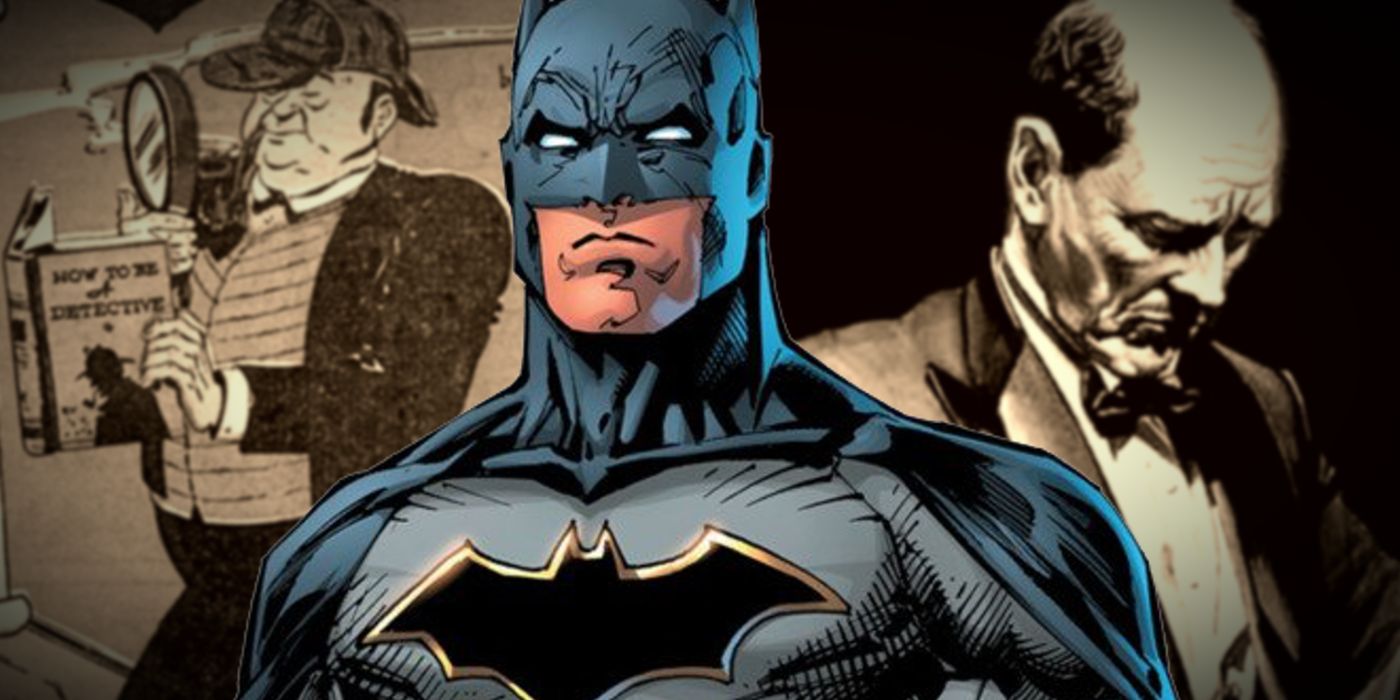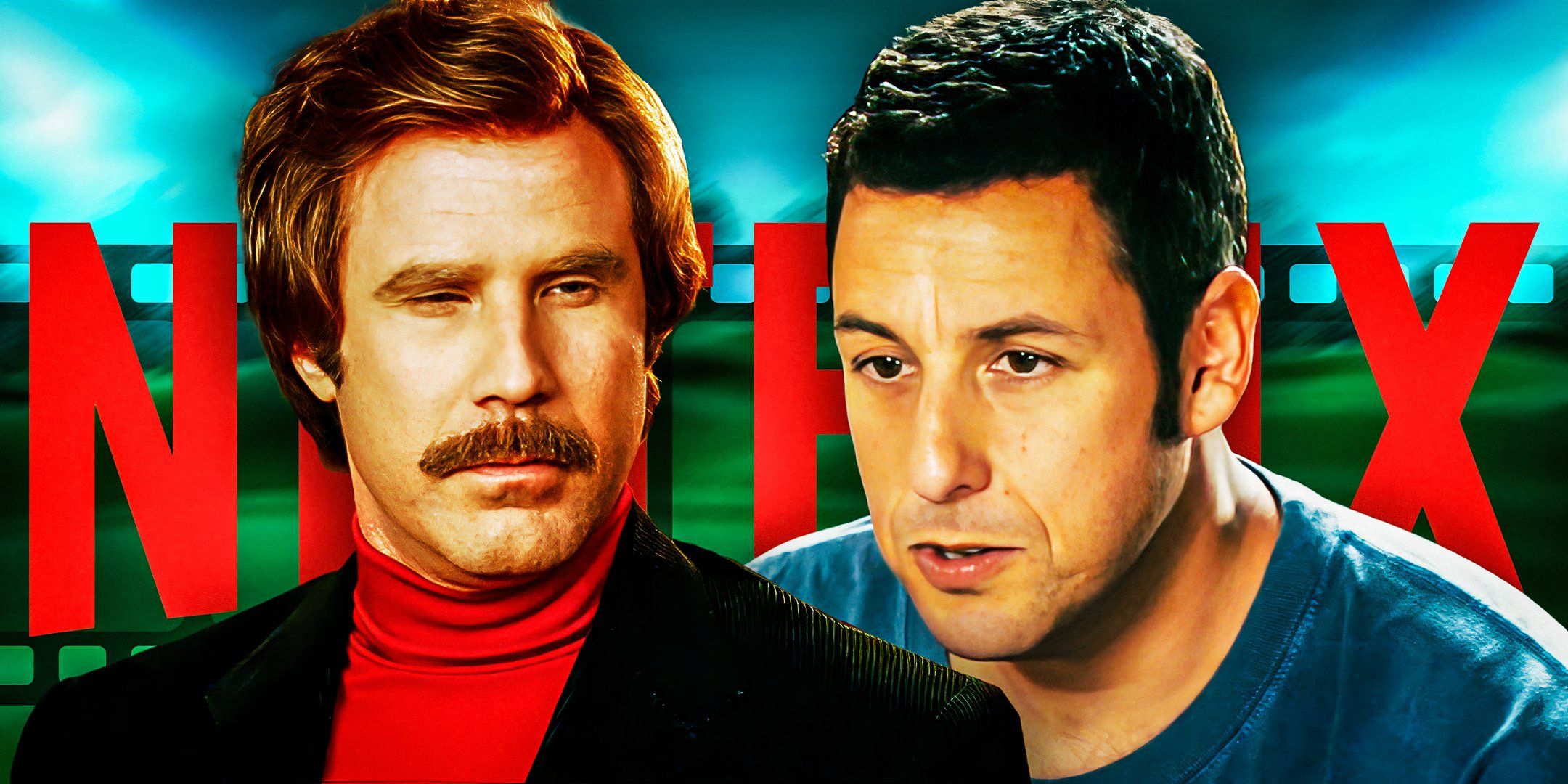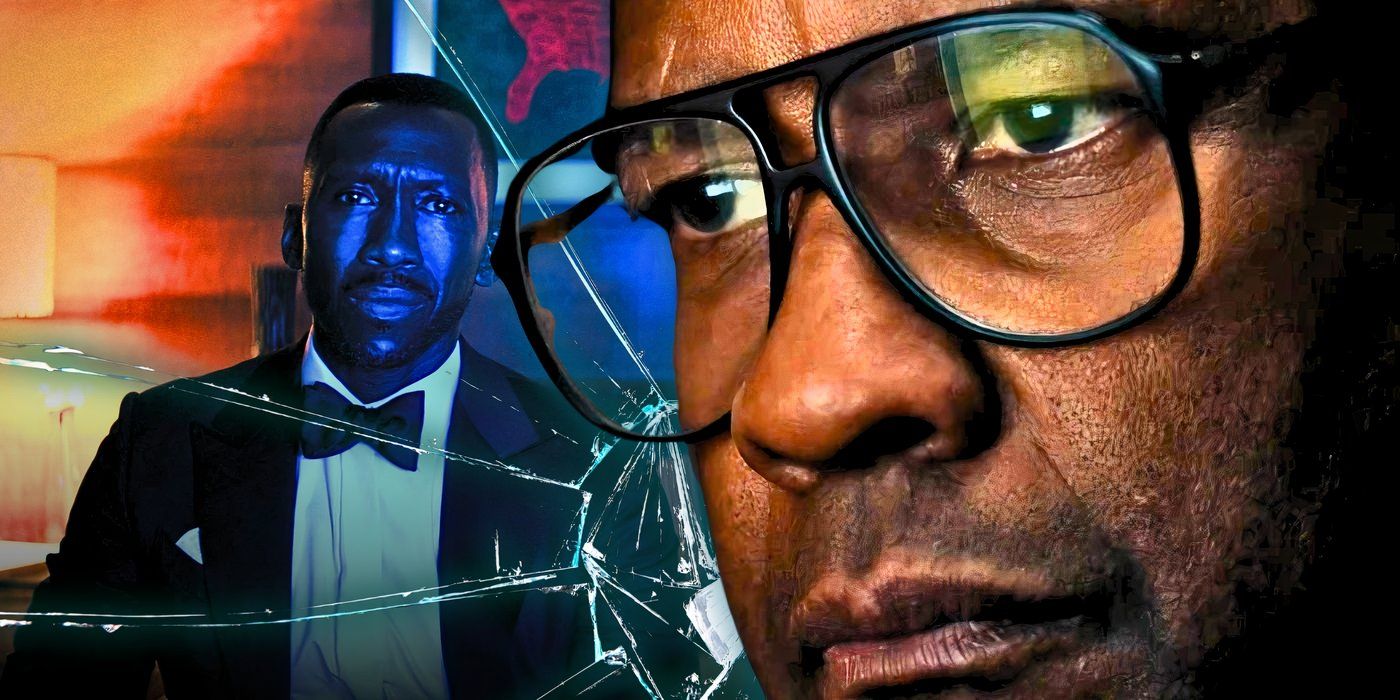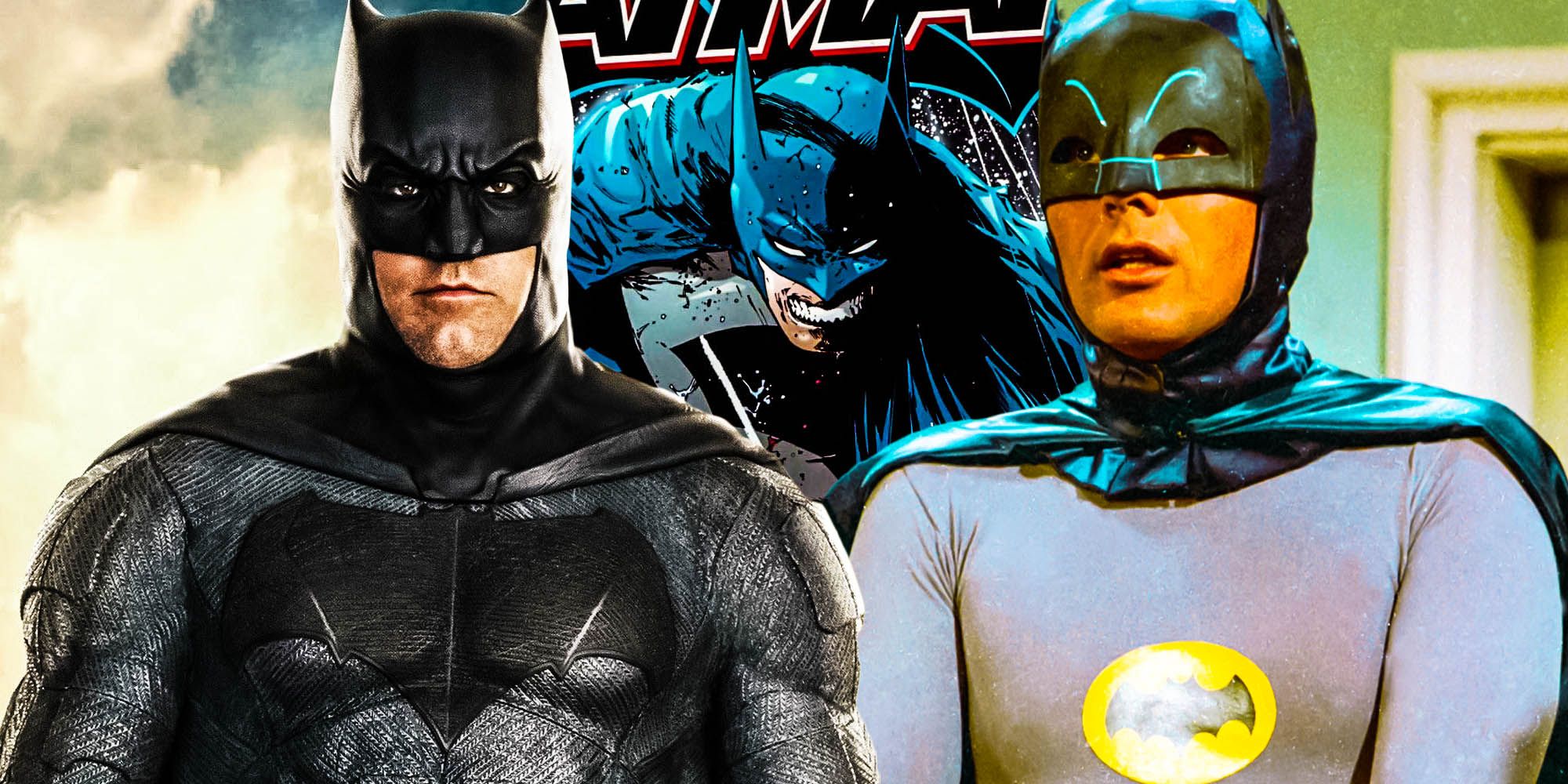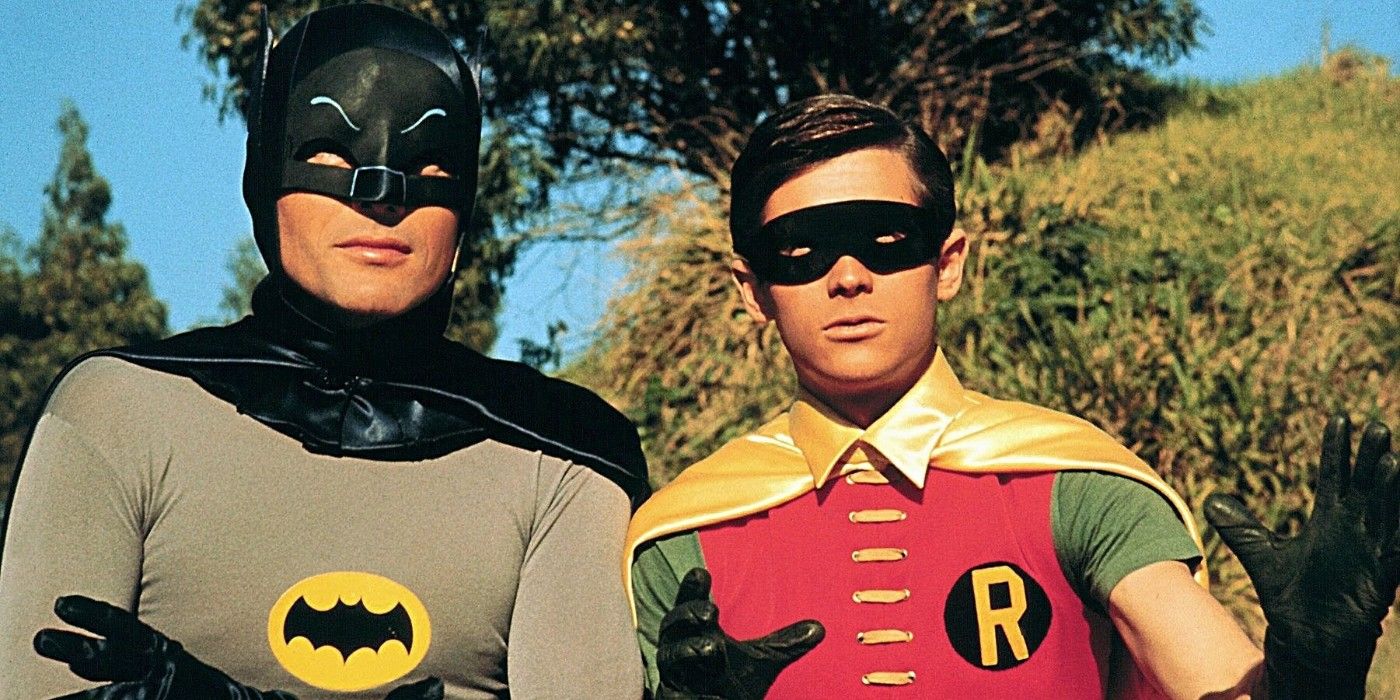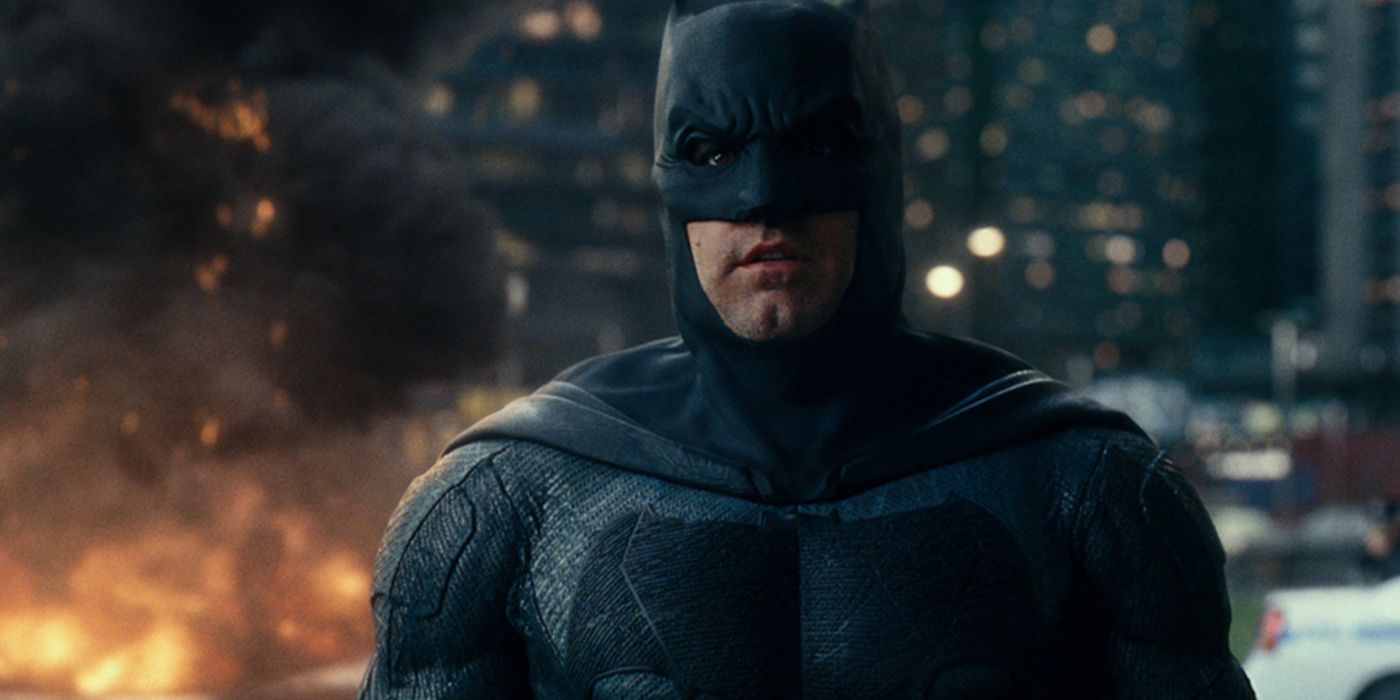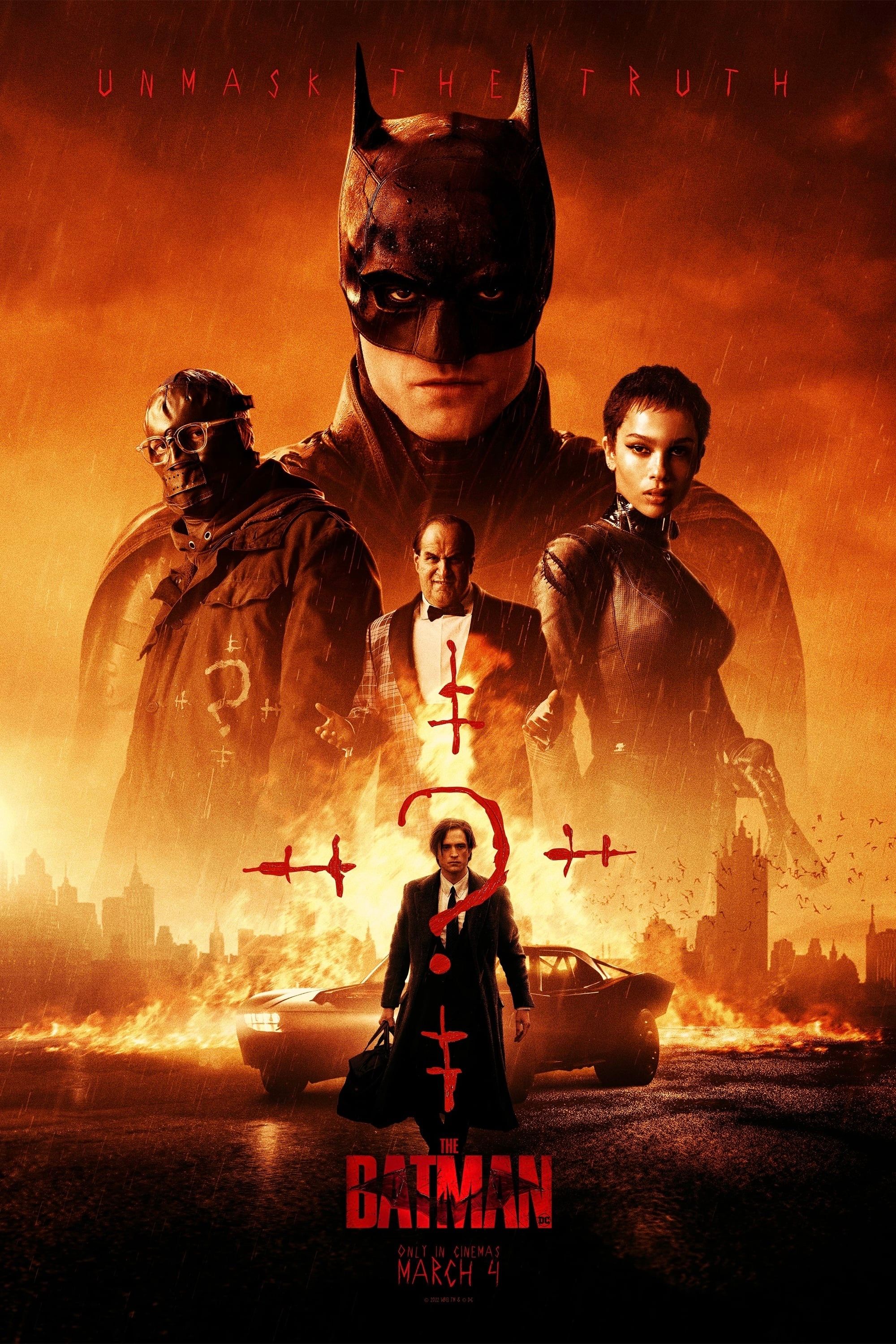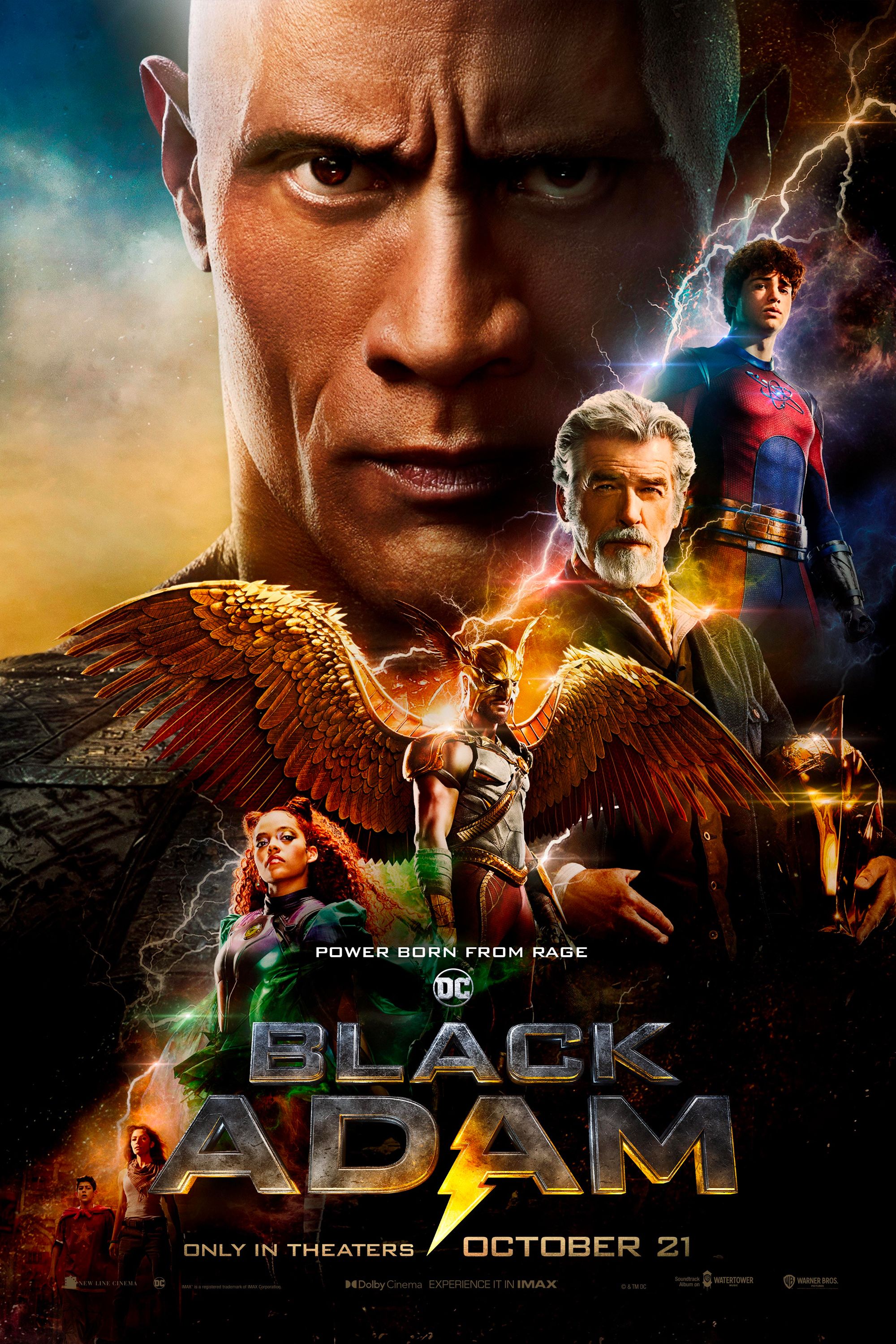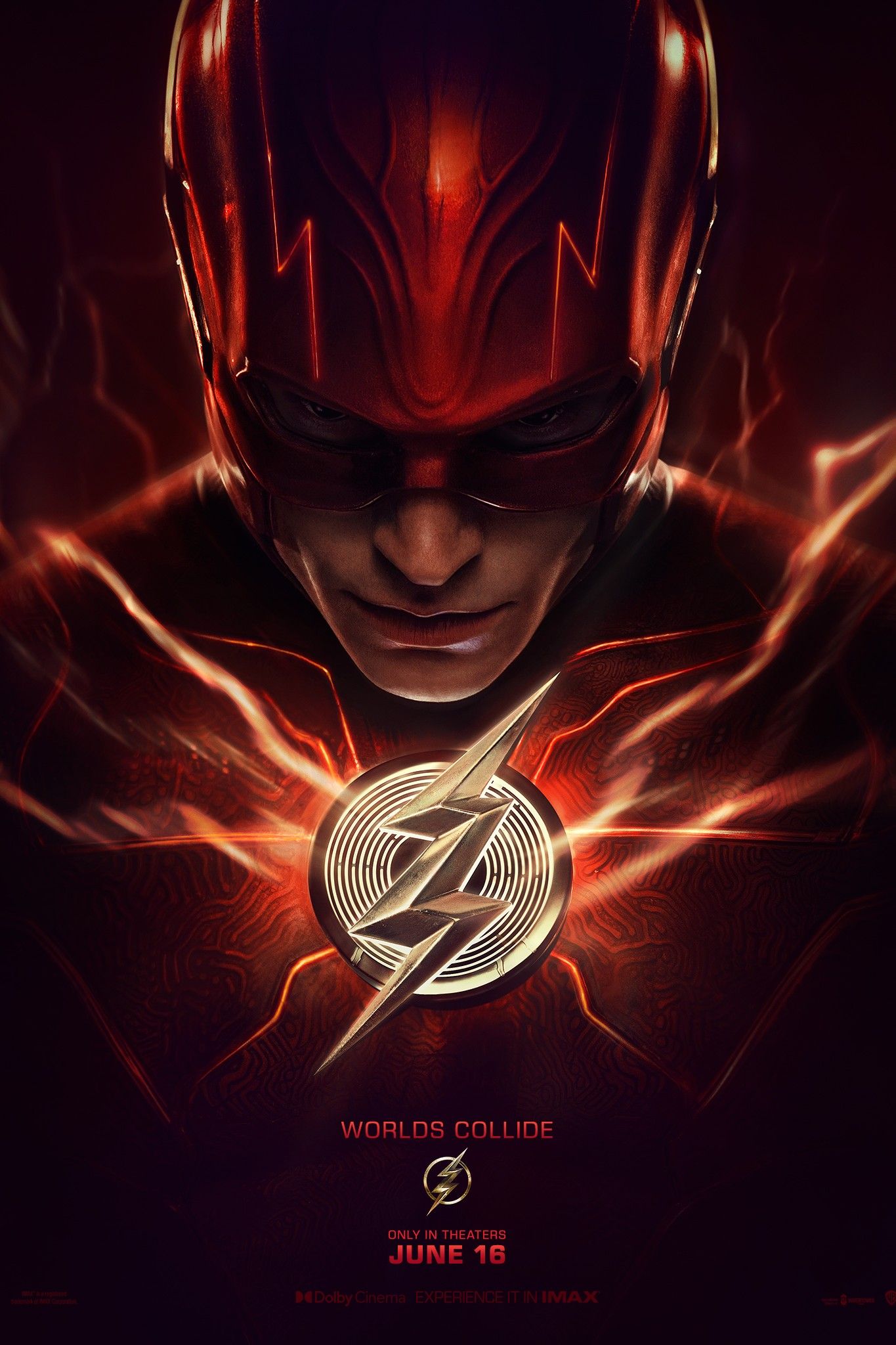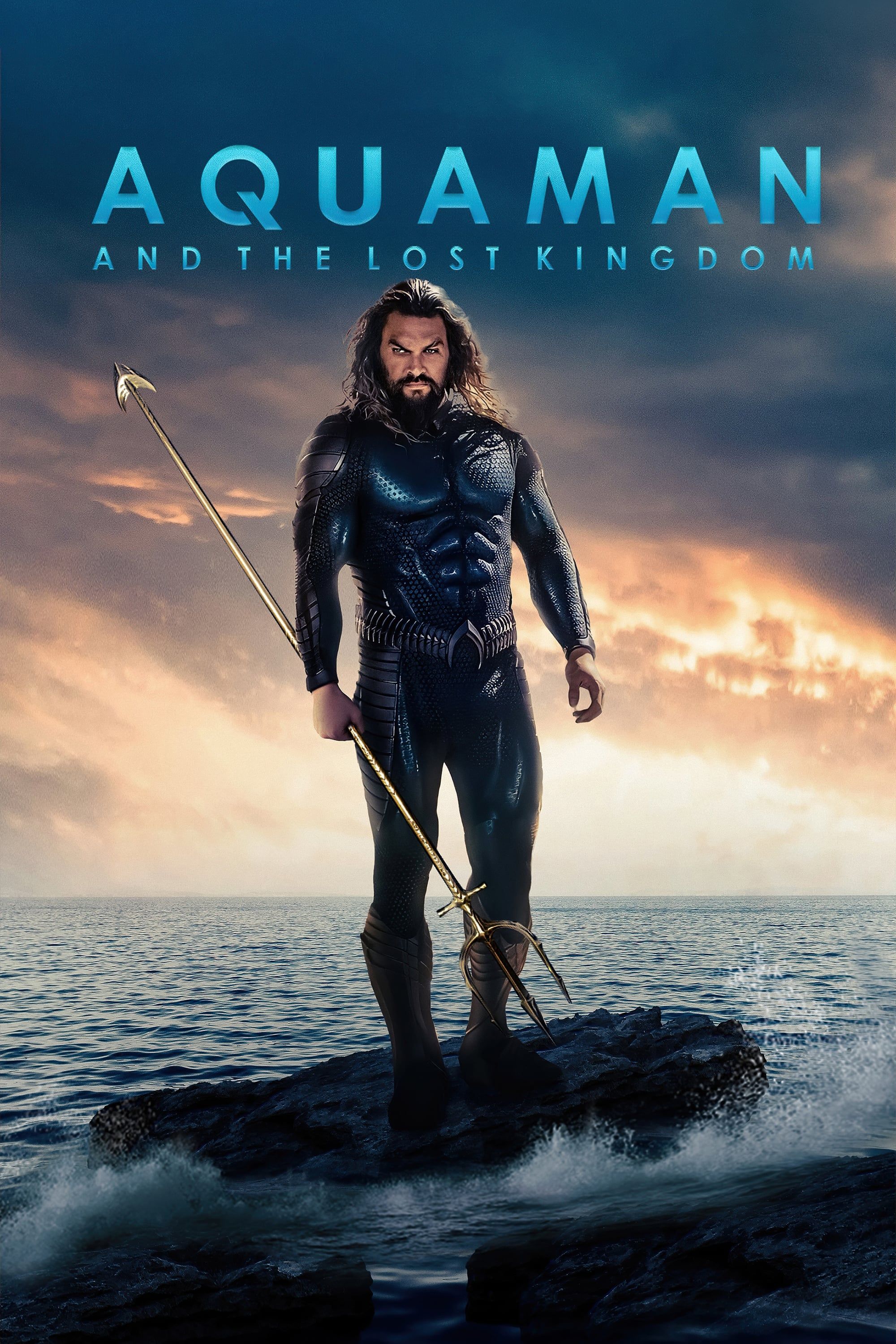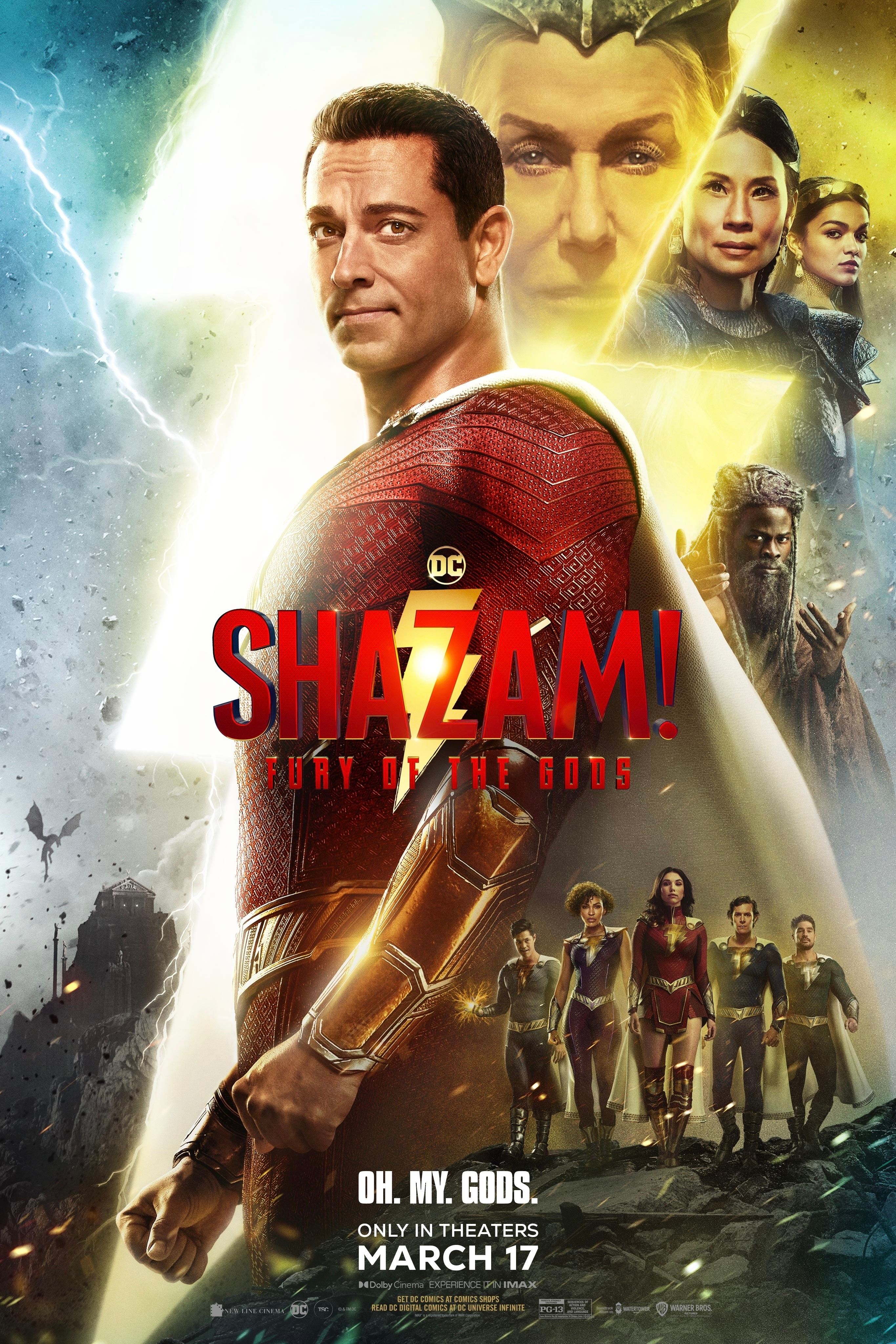Deservedly one of DC Comics’ most popular superheroes, Batman has had numerous live-action adaptations, but the two most accurate to the eight decades of comics are Ben Affleck and Adam West. Each live-action incarnation of Batman adds a unique spin on the character, and though some iterations differ greatly from the comics, that’s by no means the be-all, end-all indicator of quality. Batman’s origin, supporting characters, and adversaries are timeless and easily some of the most malleable creations in the superhero genre, able to be tweaked and adjusted for different eras and collective attitudes towards pop culture. Adam West, one of the most lighthearted versions of Batman, and Ben Affleck, by far one of the darkest, are each faithful to the comic source material in different ways.
After the famously campy Adam West TV series, Batman’s live-action adaptations became darker and more violent with the release of Tim Burton’s 1989 film, Batman, starring Michael Keaton. The film’s distinctive and iconic aesthetic, gritty action scenes, and Keaton’s endearing performances as Bruce Wayne and Batman made the film an instant classic. Despite this, the film made notable changes to Batman’s origin (such as the man who’d later become The Joker murdering Bruce’s parents) and omitted Robin, an essential character to Batman mythos. The beloved Dark Knight trilogy, starring Christian Bale, was another gritty incarnation of Batman, though it replaced Burton’s lovably surreal sensibilities with Christopher Nolan’s more realistic approach. Like Burton’s films, the trilogy omitted Robin (though not without a clever reference to him) and made major changes to Batman’s origin, creating a compelling and original version of the character.
Batman has also had numerous animated adaptations, with perhaps the most famous one being 1992’s Batman: The Animated Series, a beautifully-made show which solidified Kevin Conroy and Mark Hamill as the definitive voices of Batman and The Joker for many fans. The series was heavily inspired by the Golden Age Batman comics of the 30s and 40s, as well as the Denny O’Neil and Neal Adams comic era of the 70s, directly adapting some of their stories. 2004’s The Batman put a strong emphasis on Batman’s more relatable side, and the fan-favorite Young Justice, though not a Batman series, has one of the best portrayals of Bruce Wayne’s dynamic with his adopted son, Dick Grayson.
Adam West Played The Classic Batman
The earliest Batman comics were notoriously dark and violent, with Batman and Robin investigating gruesomely surreal murders from iconic villains like The Joker and The Penguin and being shown killing criminals in rare instances. This changed in the post-war 40s, which saw superhero comics, including Batman, take on a far more lighthearted tone with more outlandish adventures and villains who distanced themselves from their mobster roots. Batman himself, once a two-fisted dispenser of rough justice, became more of an idealized upstanding citizen, setting an example for readers. Adam West’s Batman embodies this era of the comics with comical seriousness, obeying even trivial laws at inconvenient times and refusing to fight enforcers if they wore glasses.
Batman wasn’t a vigilante with a shaky relationship with the Gotham Police. Instead, he and Robin were deputized officers whose advanced vehicles were registered with and maintained by Gotham City. Though their real identities remained secret, even to the police, Batman and Robin perfectly depicted the more family-friendly era of Batman comics that began in the late 40s and ended in the early 70s. While Robin has had other live-action incarnations, the most comic-accurate version of him is in the Adam West series. What few Batman adaptations understand is that Batman and Robin are a father-son duo, with Bruce Wayne adopting Dick Grayson after the latter’s parents are killed by a criminal, mirroring Bruce’s origin. Robin appeared in every episode of Batman and was typically depicted as being just as competent of a crime fighter as Batman.
The 60s Batman TV show also included most of Batman’s vast rogue’s gallery of supervillains, showcasing their idiosyncratic gimmicks with full earnestness. While Batman avoided showing villains like The Joker and The Riddler killing people, it did manage to depict them as dangerous gang leaders who matched wits with Batman. The villains certainly tried to kill Batman and Robin constantly, typically through outlandish death traps that’d fit right in with the Jerry Robinson and Dick Sprang comics of the 40s and 50s.
Ben Affleck Embodied The Darker Batman Of Modern Comics
While the O’Neil/Adams era of Batman comics in the 70s reintroduced more violent subject matter, the mid-80s took it to an extreme. Frank Miller’s The Dark Knight Returns broke ground as one of the darkest and most violent Batman stories, depicting an aged, cynical, world-weary Batman in an almost apocalyptic future. While the graphic novel helped attract older readers, it, unfortunately, created an almost nihilistic version of Batman, who typically was a hopeful figure in an otherwise dark world. Zack Snyder embraced a darker Batman in the DCEU with Ben Affleck’s version, only this Batman used the aesthetics of Frank Miller’s work while retaining the intrinsic altruism of modern mainstream Batman comics.
Like The Dark Knight Returns version, this Batman has been fighting crime in Gotham for decades, and having adopted Dick Grayson and trained him as Robin. By the events of the films, however, Dick Grayson was murdered by The Joker, breaking Bruce Wayne’s spirit and heart over the loss of his son. This, coupled with Batman’s existential fears following Superman’s battle with General Zod in Metropolis, led Bruce down a dark path, and he’s shown killing some of Lex Luthor’s enforcers in Batman v Superman: Dawn of Justice, just as he’d rarely do in the early Golden Age comics. Batman’s team-up with Superman and the latter’s sacrifice at the end of the film steers Batman off of this path, returning him to the hero he used to be.
Having been Batman for decades, the DCEU acknowledges Batman’s famous rogue’s gallery through references and Easter eggs. What is shown, however, is Bruce’s appreciation for Alfred, with whom he’s been fighting crime for most of his life. The DCEU follows the comics by depicting Alfred as more of Bruce’s adopted father than his assistant, with Bruce joking that he works for Alfred more than the other way around in Zack Snyder’s Justice League. One of the most essential aspects of Batman in the comics is that he’s ultimately not a loner, but rather the leader of a family of crime fighters who keep Gotham safe and keep each other from succumbing to the darkness of its criminal element. In different ways and following different eras, Adam West and Ben Affleck depicted this side of Batman and his supporting characters the most accurately.


